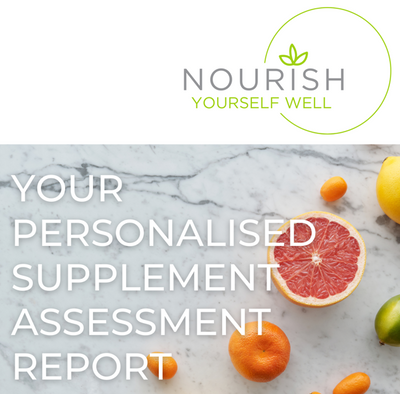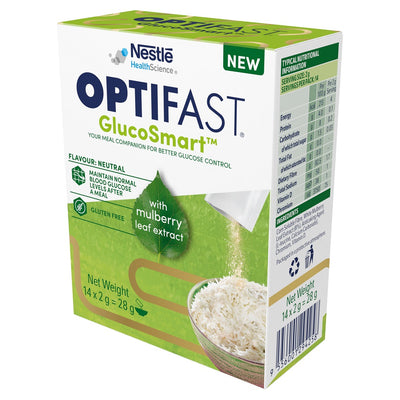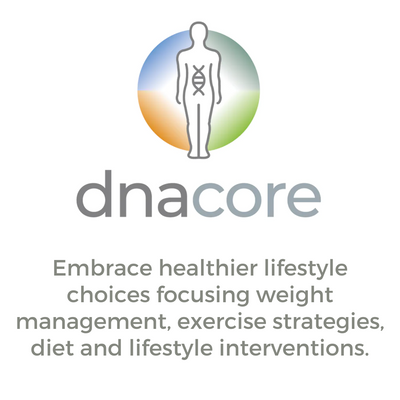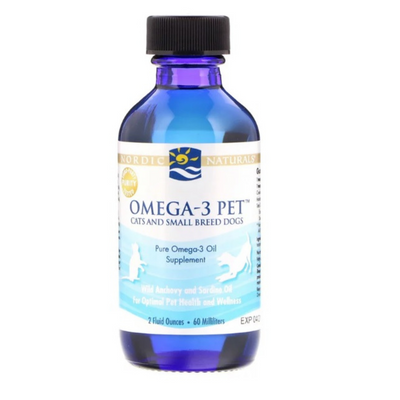Iron deficiency in young women
Iron deficiency is a problem affecting countless young women which remains undetected and untreated in many circumstances.
Low levels of iron often manifest as fatigue, brain fog, and concentration problems, subtly affecting the daily lives of many, especially young women.1
While the symptoms might seem commonplace, their impact on health and quality of life is far from ordinary. Doctors don’t typically screen for it, but research has shown that almost 40% of teenage girls and young women had low levels of the important mineral needed to make red blood cells.2
This is why it is of utmost importance for women to be informed of their iron levels and how to manage these levels efficiently.
What are the symptoms of iron deficiency?
The body needs iron for an abundance of functions, most importantly, for producing haemoglobin – a protein that transports oxygen in our blood.1 A deficiency of this critical nutrient can lead to an array of symptoms that are often overlooked.
The most common include fatigue, weakness, and brain fog, symptoms frequently brushed off as just side effects of our fast-paced lifestyles.
Other signs to watch out for are a pale complexion, shortness of breath, irregular heartbeats, dry skin, and brittle nails.
In young women, a heavy menstrual cycle is a common culprit behind low iron levels, which can lead to increased susceptibility to infections, impaired cognitive function, and even pregnancy complications.1
Many of the symptoms’ young women experience are related to the impact of iron deficiency on haemoglobin and when there’s not enough iron, fewer blood cells are made which is why one may experience symptoms such as dizziness, headaches, shortness of breath or fatigue.
These symptoms may have a significant impact on young women as it can be a factor in poor academic performance, and even poor athletic performance which could lead to a negative perception of how they think about exercise.
How to ensure healthy iron levels
A balanced diet is essential for maintaining healthy iron levels. Foods rich in iron include red meat, fish, poultry, eggs, lentils, leafy green vegetables and iron-fortified grains.
Despite this, ensuring adequate iron intake through diet alone can be challenging, especially for vegetarians, vegans, and those with dietary restrictions.
Regular screenings for iron levels can help in early detection and treatment of iron deficiency.
When diet isn’t enough, iron supplements are a common and effective solution to combat iron deficiency. However, finding the right supplement that caters to your individual needs is vital.
Two of the main problems with common iron supplementation are that they can cause side effects (constipation and nausea)and need to be taken on an empty stomach to enable absorption.
BlueIron™ is a unique type of iron supplement that tastes great and is made with Nordic blueberries, assisting withreducing tiredness and fatigue. BlueIron™ contains Value III iron (ferric oxide) which can be taken any time of the day (with or without food) and is gentle on the stomach so that it does not disrupt bowel movements. Most iron supplements contain Value II iron (ferrous oxide) iron which must be taken on an empty stomach to enable absorption, thus giving more side effects – nausea, vomiting, heartburn and constipation.
This range offers a unique range of iron supplements designed for different life stages and requirements.
BlueIron Original is perfect for maintaining overall iron balance, potentially supporting increased energy levels and improved cognitive function.
For expectant mothers who need additional iron, BlueIron Pregnancy has been specifically formulated to meet the increased demand for iron during pregnancy, ensuring both mother and baby’s health. It contains 50% higher iron concentration than the Original and the appropriate levels of folic acid, and vitamins C and B12.
BlueIron Kids contributes to the normal development of children’s cognitive functions and normal functioning of the immune system whilst containing additional vitamins C and D.
Active individuals and athletes can benefit from BlueIron Sport, designed to meet the increased iron demands of regular intensive physical activity. It contributes to the normal transport of oxygen and the creation of red blood cells. It is designed for all aged people active in sports to boost training performance and contains magnesium citrate, zinc and vitamins C and B12.
In conclusion, it is important to shed light on the underdiagnosed issue of iron deficiency among young women. By recognizing the symptoms, keeping an eye on our iron levels, and choosing the right supplement, this silent epidemic can be combated. Stay informed, stay healthy, and let’s beat iron deficiency together.
Remember, always consult your healthcare practitioner before making any changes to your diet or supplement regimen. A healthcare practitioner can guide you toward an iron supplementation plan that best suits your individual needs and lifestyle.
References
- Storrs C. Iron deficiency often missed in young women, girls, research finds. NBC News [Internet]. 2023 July 17 [cited 2023 July 19]; [about 3 screens].
- Weyand AC, Chaitoff A, Freed GL, Sholzberg M, Choi SW, McGann PT. Prevalence of Iron Deficiency and Iron-Deficiency Anemia in US Females Aged 12-21 Years, 2003-2020. JAMA. 2023;329(24):2191–2193.
Article by PhytoceuticsTM





